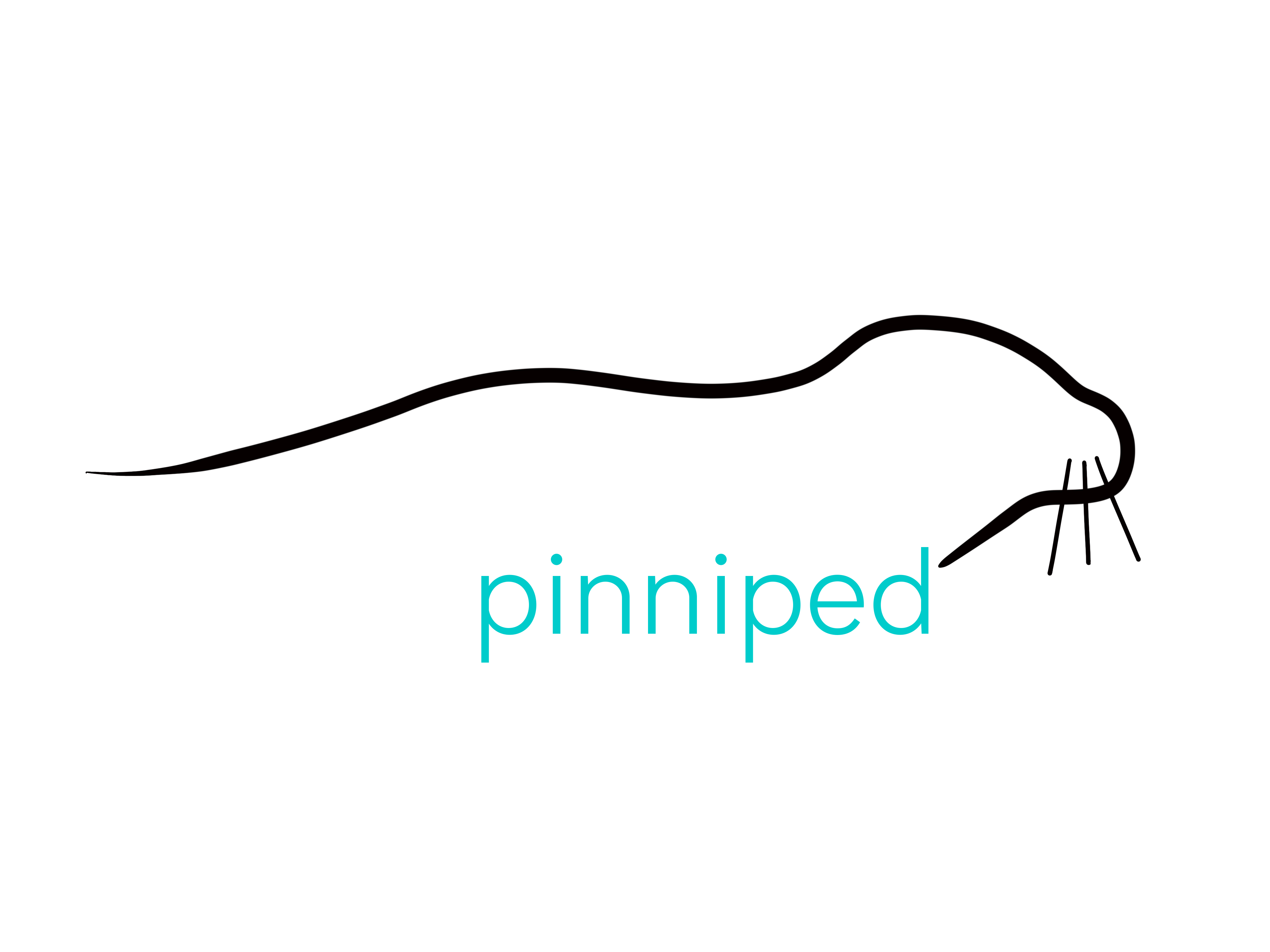Glossary
Anthropogenic - Relating to humanity. Usage here will usually refer to human impact on the environment, e.g. anthropogenic disturbance or pollution.
Benthic/ benthos - The zone at the bottom of a body of water, e.g. the sea, and the community that exists within it, i.e. in the bottom substrate.
Blastocyst - The very early stages of development of a mammal. The inner cell mass inside later becomes an embryo.
Catastrophic moult - Where the moult of fur also includes dead skin underneath so the animal appears very patchy, and will usually remain on the shore until the moult is complete.
Delayed implantation - A technique many seals have developed that means they do not immediately start developing their offspring as soon as an egg is fertilised. Instead they can delay it for 3 or 4 months, it is thought to ensure that the timing of the pup’s birth is optimum in terms of season, allowing for the best chance of survival. After the pause, the blastocyst will attach to the uterus wall, and development will begin. Most seals have a gestation period of around 9 - 11 months.
Dorsal- The back or topside section of an animal. In cetaceans and fish, it is often referring to the fin on the back of the individual.
Extant - A species that exists currently.
Extinct - A species that no longer exists.
Gestation - The time from implantation of the developing embryo into the uterus wall, to birth.
Harem - A group of females, often with their offspring, that exist with a male who has earnt the access and breeding rights to them. This benefits both the females, from the protection of being in a group, and the male, who can mate with a large number of females without travelling far. The disadvantages are the energetic cost of defending his harem, for the male, and the danger of male aggression and injury to her offspring, for the females.
Lanugo - The soft, woolly fur coat that many seals are born with. In Grey Seals, for example, this is white, whereas in the Elephant Seals it is black. Lanugo can also be dusky brown or grey in other species. The only true seals not to be born with a lanugo coat are the Harbour and Hooded Seals, who moult it in the uterus, pre-birth. Pups of these species “in lanugo” are usually premature.
Lekking/ a lek - This is a display by a group of males characterised by strong competition for attracting and winning a female to mate with.
Leucistic/ leucism - A leucistic individual is one that does not have enough pigmentation in some body cells, and therefore will appear patchy, pale or completely white or blonde. This is caused by a condition, and differs from albinism where the eyes appear pink as a result of the lack of melanin.
Monogamous - A breeding system where a male and female will pair for mating and only mate with each other, often sharing rearing duties.
Pelage - The fur coat of a seal, or other mammal.
Pinnae - The external (visible) part of the ear.
Polygynous - A breeding system where one male will mate with multiple females, often forming harems of all his females and remaining with them throughout the breeding season. The female usually rears her offspring solo in this system.
Promiscuous - A breeding system where males and females mate indiscriminately with multiple partners.
Rookery - The breeding ground of a colony of seals (also other animals).
Sagittal crest - A ridge made of bone that runs across the top of a mammal or reptilian skull, along the midline from front to back. The primary purpose of this crest is to attach to strong mastication muscles in the side of the head. These muscles are associated with chewing, and indicate a powerful biting and chewing ability, and strong jaws. In a pinniped, this makes for a noticeably prominent forehead. It is the male otariids that exhibit sagittal crests.
Sexual dimorphism - Differences between male and females of the same species, beyond those of their sexual organs. For example they may be different sizes, different colours, have different markings, or have different secondary sex characteristics.
Ventral - The underside, or belly of an animal.
Vibrissae - Whiskers on the muzzle of a seal that are often long and thick, and aid in tactile exploration and sensing.
Weaning - The time at which the mother stops providing milk for her offspring.

